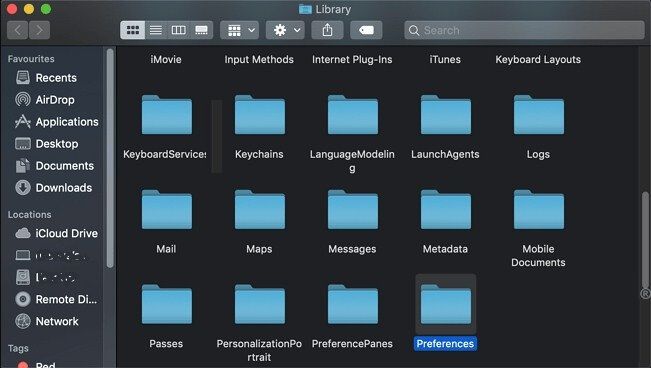

- #MICROSOFT WORD FOR MAC KEEPS CRASHING HOW TO#
- #MICROSOFT WORD FOR MAC KEEPS CRASHING UPDATE#
- #MICROSOFT WORD FOR MAC KEEPS CRASHING DRIVER#
- #MICROSOFT WORD FOR MAC KEEPS CRASHING PRO#
There is a common problem where a specific file named can cause instability. Select the First Aid tab and select Repair Disk Permissions.Īgain, if you are on a work computer you may not be able to do this.

Select the drive where Office is installed.
Even if you have an administrator account and use it, there is a setting or Mohave that interferes with writing to disk in Office apps. There has always been a problem with Microsoft Office for Mac and disk permissions.
#MICROSOFT WORD FOR MAC KEEPS CRASHING UPDATE#
If you home computer, update to the latest version of PowerPoint and it may keep crashing. If you see that there is a newer version of PowerPoint, let your administrator know and proceed from there. If you are using a company computer, you may not have permission to update. Visit this page on the Microsoft website for up so far instructions for updating Office apps on a Mac. Even if the App Store doesn’t list that an update is available for PowerPoint, you can check it manually. Updates are the bane of the app generation, but we are where we are. It may just be too big for your Mac to handle. You should always keep an eye on the file size unless you know which computer is running the presentation when the time comes.Ĭheck the sizes of the media you are using in the presentation and of the presentation itself. In reality, the larger the file sizes in the presentation, the harder your Mac has to work to display them. You can use huge images, long videos and any media in a presentation. In theory, there is no file size limit for PowerPoint. This shows you what’s running on your Mac and what resources each program is using.
#MICROSOFT WORD FOR MAC KEEPS CRASHING PRO#
Pro Tip: I’ve been writing about the Mac for quite a while.You can also use Activity Monitor in Applications and Utilities.
#MICROSOFT WORD FOR MAC KEEPS CRASHING HOW TO#
Why it’s so hard to find I cannot say, but at least you know it’s available (assuming your printer supports it) and how to select it! Generally speaking, you’ll be choosing Long-Edge binding for a typical duplex printout.Īnd now you know the secrets of two-sided printing in Microsoft Word for Mac. Which leads to the very obvious question of what the heck is the difference between short-edge and long-edge binding? Microsoft describes it thusly: Long-edge binding has pages flipped on the long end, while short-edge binding flips on the short end. Remember when I said that Word has a pretty sophisticated printer model? Here’s where you see that, actually, because instead of a simple 2-sided printout, you can specify different two-sided modes, reverse page orientation or even flip horizontally: On this settings window you finally see Two-Sided, but surprisingly, it’s a menu of options rather than a simle checkbox like it is in Pages: To find it you have to go to the Layout option:

Compare that printer dialog window with the equivalent from Microsoft Word for Mac:Ī more sophisticated way of choosing which pages to print and the option of collating them as they come out of the printer, but where’s that two-sided printing option? It’s big and it does a beautiful job with prints, whether one sided or two. This is for an HP PageWide Pro 577 MFP printer. Thing of it is, if you were using Apple Pages (which you could do, of course, by opening up a Word doc file), that 2-sided option is very much front and center: I know, because I recently was hit by the same confusion, digging and digging without being able to find the specific setting. Turns out that there is indeed an option for two sided printing within Word for Mac, but it’s in an odd place. I believe it’s because Word has far more complicated printing options for documents, but be that as it may, it’s quite odd that you can’t choose duplex / 2-sided from within the Word print settings window.
#MICROSOFT WORD FOR MAC KEEPS CRASHING DRIVER#
You’re definitely not the first Mac user to notice that Microsoft dropped a different printer driver interface into Word than it has in its other Mac programs.


 0 kommentar(er)
0 kommentar(er)
